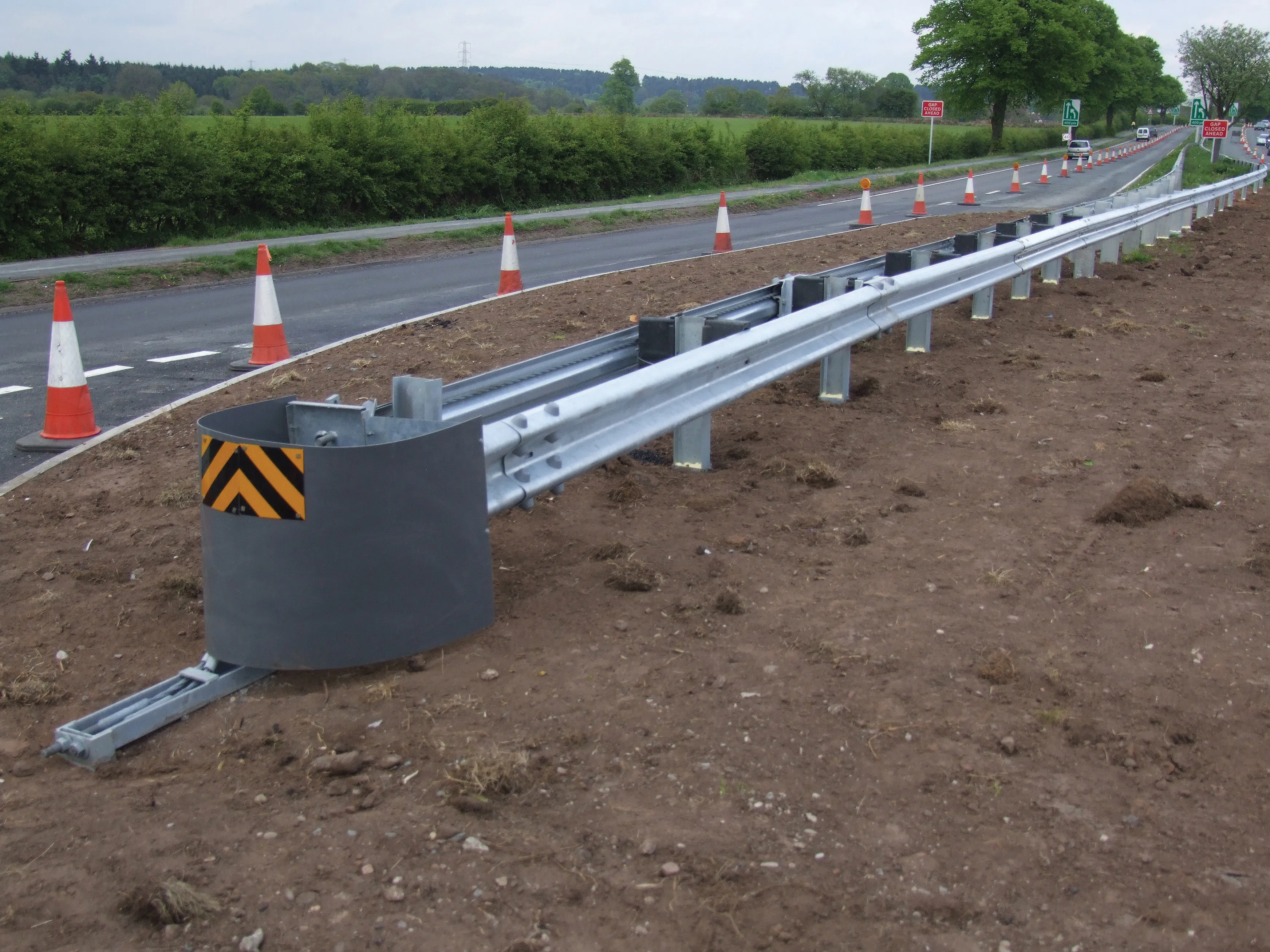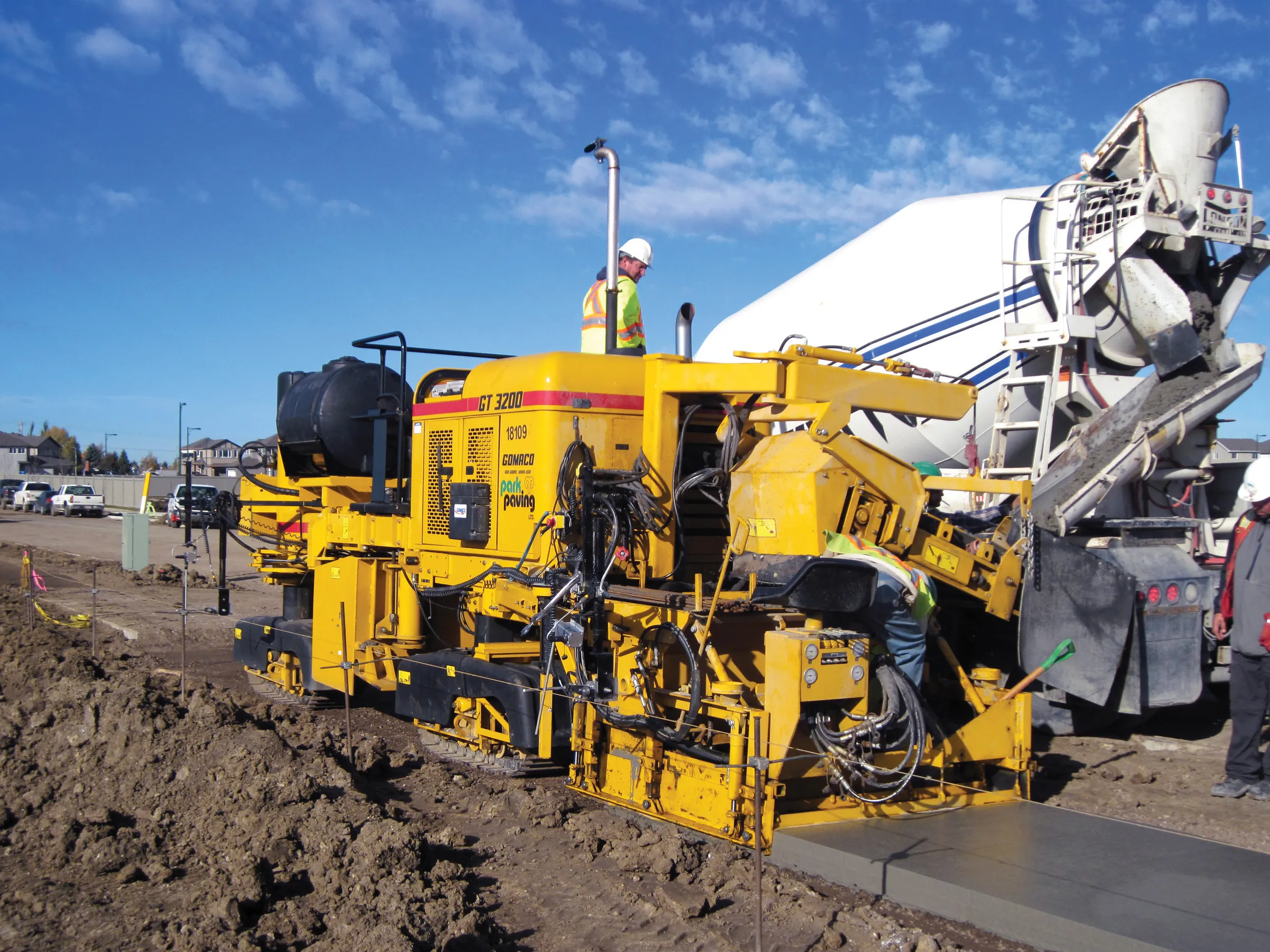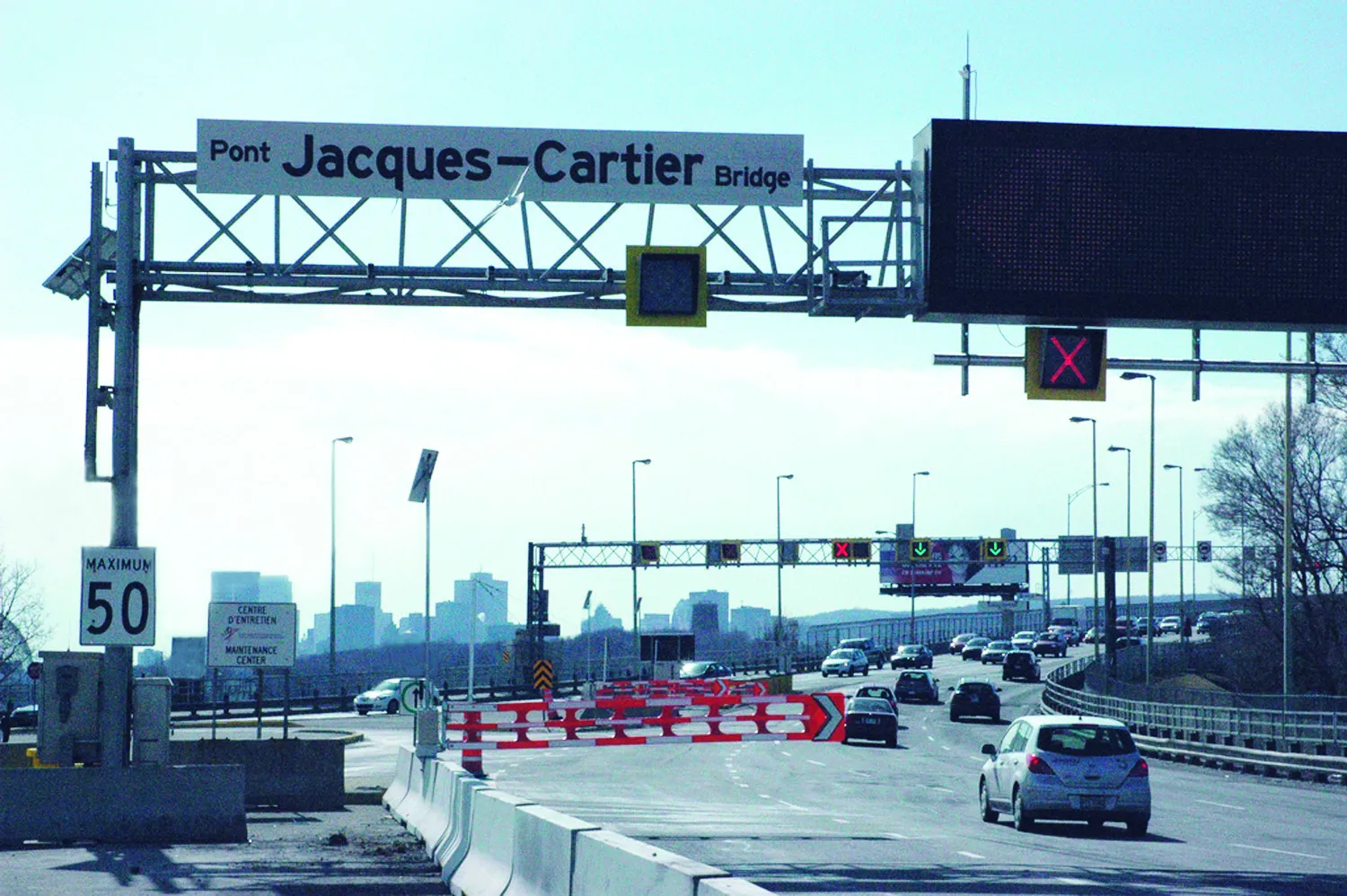Highway Care is now offering double-sided P4 terminal that is specially developed for the UK road network. The Xtension 110 Double-sided P4 Terminal is said to be the only approved double-sided P4 terminal available for use in the UK market.
February 13, 2012
Read time: 2 mins

This system is versatile as it can be used for left hand and right hand applications and also has a number of foundation installation options. The Xtension 110 Double-sided P4 Terminal is a tension based system and is said to be simple and robust. When installed as a driven post system, it also offers a cost-effective solution. The Xtension 110 Double-sided P4 Terminal provides a safe termination for barriers acting as an alternative to conventional double ramped end terminals. Its overall length and low displacement make it particularly suitable for use in restricted sites. The Xtension 110 Double-sided P4 Terminal is tested to EN1317- 4, approved for use on







